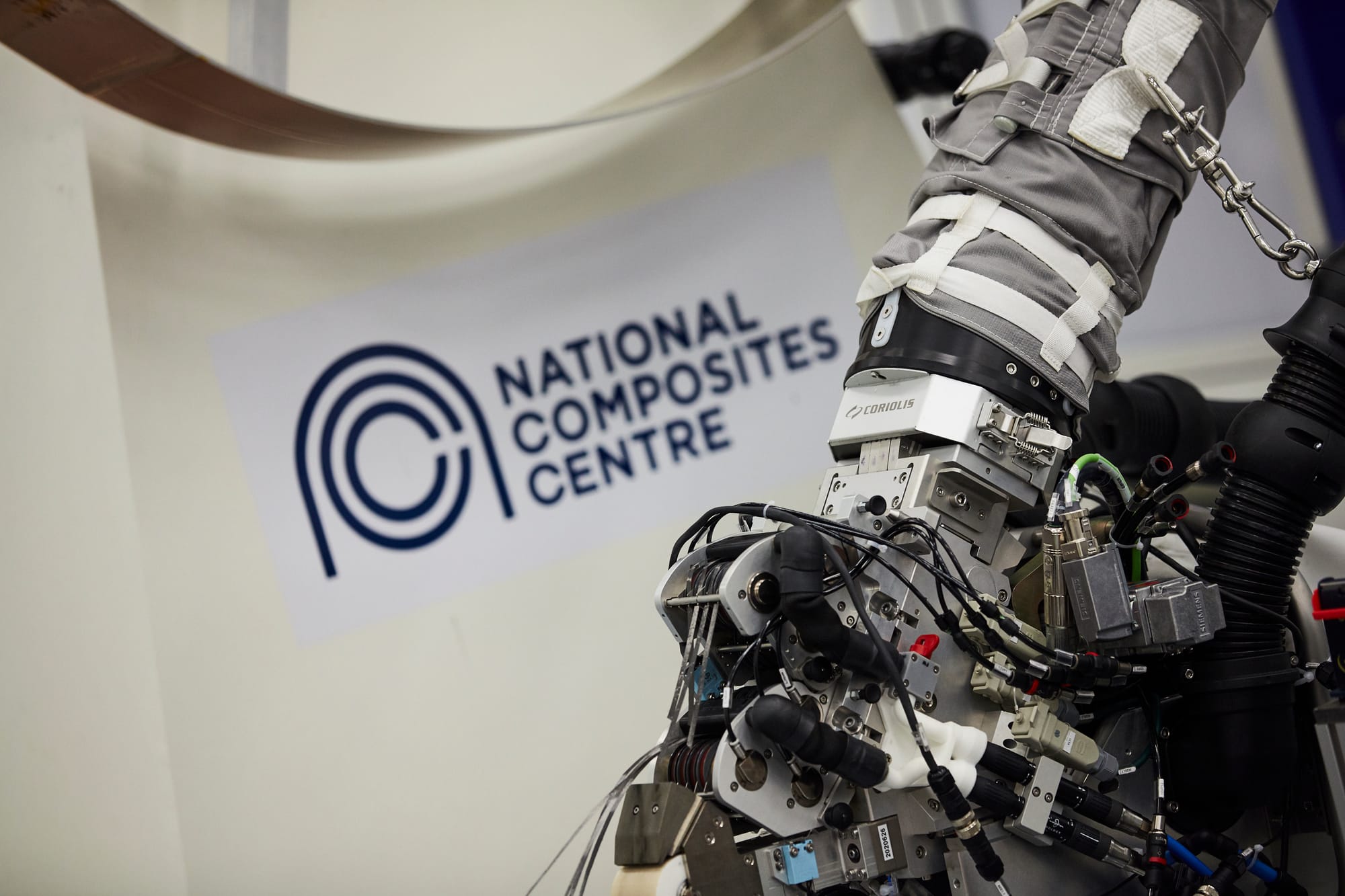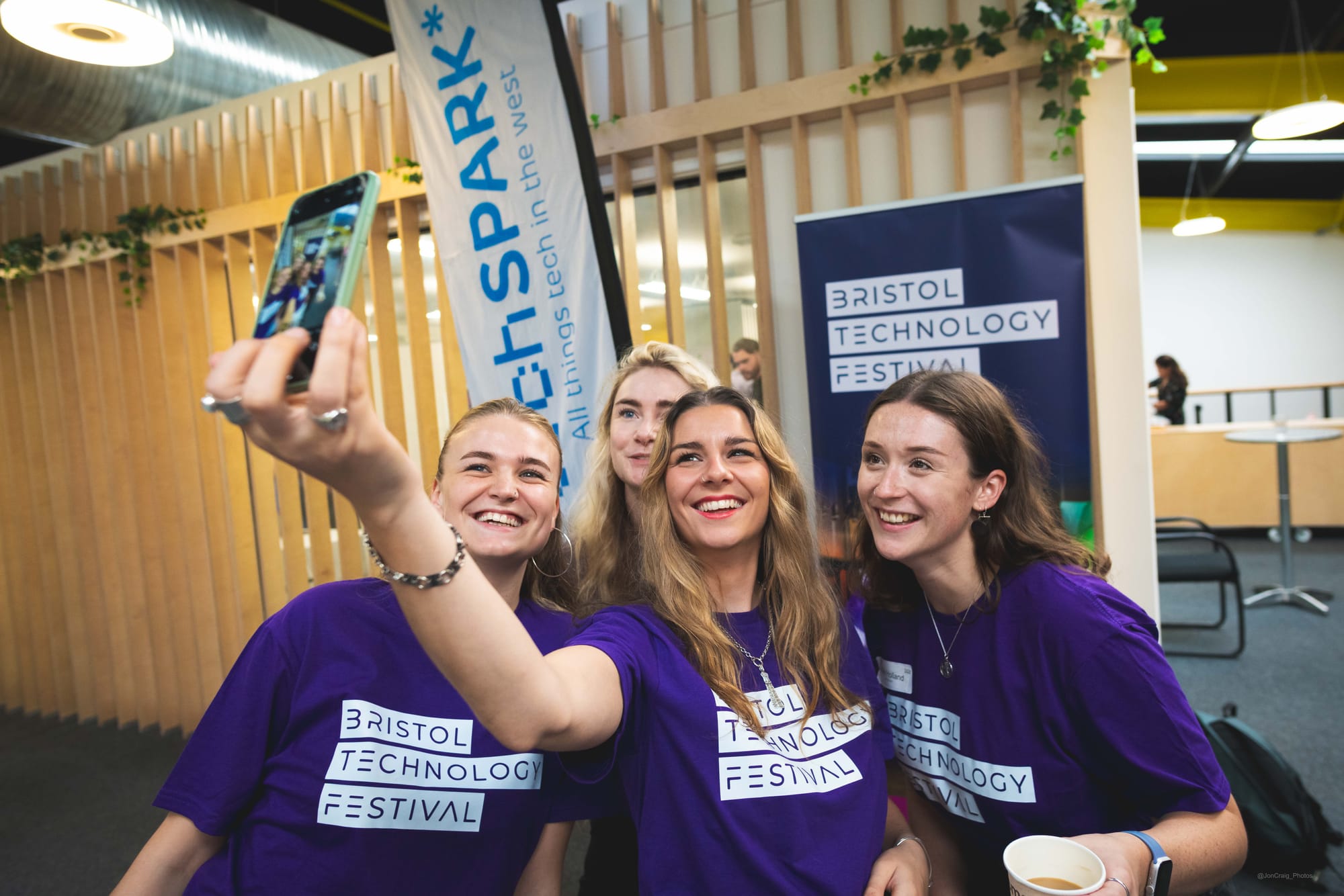
Isambard-AI will be among the world’s first large-scale AI supercomputers when it opens to researchers in 2024, and will form the centrepiece of the UK’s efforts to drive breakthroughs in everything from drugs discovery and climate science to robotics, big data and large language models (LLMs).
Hosted at the National Composites Centre (NCC) at the Bristol and Bath Science Park, Isambard-AI will be 10 times faster than the UK’s current fastest supercomputer and among the most powerful in the world, putting Bristol squarely at the heart of the country’s next-generation computer infrastructure.
“It’s a big piece of work when you’re designing any supercomputer, but this one is special, because it’s optimised for AI,” says Simon McIntosh-Smith, Director of the Isambard National Research Facility at the University of Bristol.

The fact that the University of Bristol was awarded £225m out of a total £300m government package to create a national Artificial Intelligence Research Resource stands as testament to Bristol’s reputation as a deep tech hub.
The city of 707,000 people is already a hive of AI activity, home to the prestigious UK Research and Innovation Centre for Doctoral Training in Interactive Artificial Intelligence and the stomping ground for a tightly-woven network of academia, industry and enterprise.
A second supercomputer, Isambard 3, is expected to open in Bristol in spring 2024. It too is designed to support AI and machine learning research, meanwhile the University of Bristol was recently awarded a share of £117m funding to open a second AI doctoral training centre in the 2024/2025 academic year.
Peter Flach, Professor of Artificial Intelligence at University of Bristol’s School of Computer Science, sees the recent investments as recognition of Bristol’s long history and leadership in machine learning and computer science – established long before OpenAI and its ilk began commandeering the headlines.
“On the one hand, you could develop the narrative that suddenly things have mushroomed in Bristol. On the other hand, I came here 26 years ago, and already back then my predecessors had just got an MSc programme in machine learning approved,” he says.
“We were one of the first, if not the first, in the UK. So actually, this is kind of a culmination of 25 more years of development in this space.”
Chip off the old block

Much of Bristol’s computing heritage can be traced back to the 1970s, when chip designer and manufacturer Inmos set up shop and began attracting computing talent to a city already renowned for its industrial and engineering bedrock.
This led to the formation of other successful businesses through networks of former employees. Since then, Bristol and the South West have grown into a vibrant ecosystem of technology, engineering and creative industries colloquially referred to as Silicon Gorge.
“I think Bristol and the South West – that bubble in and around the West of England – is an innovation ecosystem that's almost second to none in the UK,” says Katy Riddington, Director of New Ventures at the NCC.
“You've got all of that innovation, academic rigor and industrial application, coupled with this hugely vibrant tech backbone…it really is quite unique.”
The University of Bristol has played a key role in cementing Bristol’s status as a deep tech hub, particularly in the field of AI.
As well being a pioneer in machine learning education, the university has given rise to some of the South West’s most successful tech companies: AI semiconductor company Graphcore, for instance, was born out of semiconductor company XMOS, which itself is a spin-out of the University of Bristol.
It’s also a highly “sticky” city with a graduate retention rate of around 35%. This means that many of the students who go through the university’s computer science and AI programmes end up staying in the city after graduating, creating a strong and steady pipeline of talent into the local economy.

When Isambard-AI opens next summer, Riddington hopes it will provide opportunities for graduates and new recruits at the NCC to gain hands-on experience applying AI to real-world use cases, further boosting the region’s technology ecosystem.
“Everything that we do at the NCC is about embedding innovation in every possible area,” she says.
“Our understanding of everything that AI can be and do has to be translated into how you can use it on the problems that companies are facing today. What Isambard-AI will give us is the application of that technology in real-life, industrial applications and CR&D (collaborative research and development) programmes.”
A deep tech launchpad
Bristol’s heritage in AI and machine learning and readily-accessible support networks also provides a launchpad for startups to get off the ground.
Kaedim is a deep tech startup that provides AI-driven tools for creating 3D assets for gaming and animation studios on demand. Spun out of the University of Bristol in 2020, Kaedim today supports over 250 companies, having captured the attention of big-name studios like Rebellion, makers of the Sniper Elite video game series and an early investor in the company, and Aardman Animations, the Bristol-based creators of Wallace and Gromit.
It was a visit to the Aardman Animation studios during her studies at the University of Bristol that gave Kaedim co-founder and CEO, Konstantina Psoma, the idea for her business.
Having struggled with creating 3D models herself, Psoma was given an opportunity to visit Aardman through a connection facilitated by the university’s Innovation Centre. It was there she realised the opportunity to automate the time-consuming process of manually designing and rendering 3D assets.
“They showed me a room full of 3D artists and they were doing every single 3D model manually,” Psoma says. “This is when I knew this was a huge opportunity.”
Inspired, Psoma decided to focus her final-year projects on deep learning for 2D to 3D reconstruction, eventually winning £10,000 in a competition run by the University of Bristol’s Basecamp Enterprise team that enabled her to launch Kaedim in February 2020.
“I was lucky enough to be in a city where there is this intersection between art and technology,” Psoma says. “People are eager to help you – this is hard to find.”
According to data from technology network techSPARK, the South West has attracted more than £4 billion in equity investment since 2017, including just shy of £1 billion in 2022.
The region also accounts for the largest proportion of the UK’s tech lending outside London and the South East, separate research suggests. Meanwhile, a 2022 report by CompTIA found that Bristol is the leading city for tech job growth in the UK.

TechSPARK managing director, Ben Shorrock, describes the region as a “Goldilocks” zone for innovation: large enough to host several top universities and attract global businesses and startups, and yet small enough foster a close-knit community of investors, entrepreneurs, academics and incubators, who work together to uplift the entire tech ecosystem.
“It's very easy to connect in and find who and what you need, and that drives behaviours that you maybe don't get in much bigger places like London or Berlin or San Francisco, [where] people are three, four or five degrees of separation away from you,” Shorrock says.
“Here, what you tend to find is people are very open to helping, open to cooperating, and open to paying it forward.”
ChatGB
Aside from the obvious homage to Isambard Kingdom Brunel, the pioneering Victorian engineer whose work had a profound impact on Bristol and the surrounding area, Isambard-AI will also use the HPE Slingshot 11 interconnect – a high-speed data network developed largely in Bristol.
One of the goals of the Isambard-AI project is to train a ChatGPT-like large language model from scratch in the UK. Part of the challenge of doing so, says McIntosh-Smith, is predicting the needs and demands of a system designed for such a fast-moving target.
“We have a good feel for what it takes to train a ChatGPT today, but two years ago, that would have looked very different,” he says.
“We're going to run this system until 2029 at least. What will it look like in three or four years’ time? You have to design something that can be quite flexible, quite agile, and very reprogrammable, so that as these things evolve, we're still going to be able to meet those needs.”
Something McIntosh-Smith and Flach are adamant about is that students from the University of Bristol get hands-on time with Isambard-AI, particularly given the younger generation’s innate digital fluency and curiosity about AI.
They also hope that, as the university expands on its AI/ML programmes and builds on Isambard-AI, it will be even better-equipped to hang onto its highly sought-after graduates.
“In some ways, this is the most exciting part of all this – the fact that we're doing this in a university,” says McIntosh-Smith.
“Often it's the students that come up with all the interesting new ideas, and they'll use it in a way that we hadn't thought of…We're very lucky that we're in a good university; we've got lots of bright students. Give them fun stuff to play with, and see what they come up with.”
